[ESP/ENG] El gran viaje de la ruta 40 en moto de norte a sur: la quinta etapa, desde Cachi hasta Belen / The great journey of Route 40 by motorcycle from north to south: the fifth stage, from Cachi to Belen.
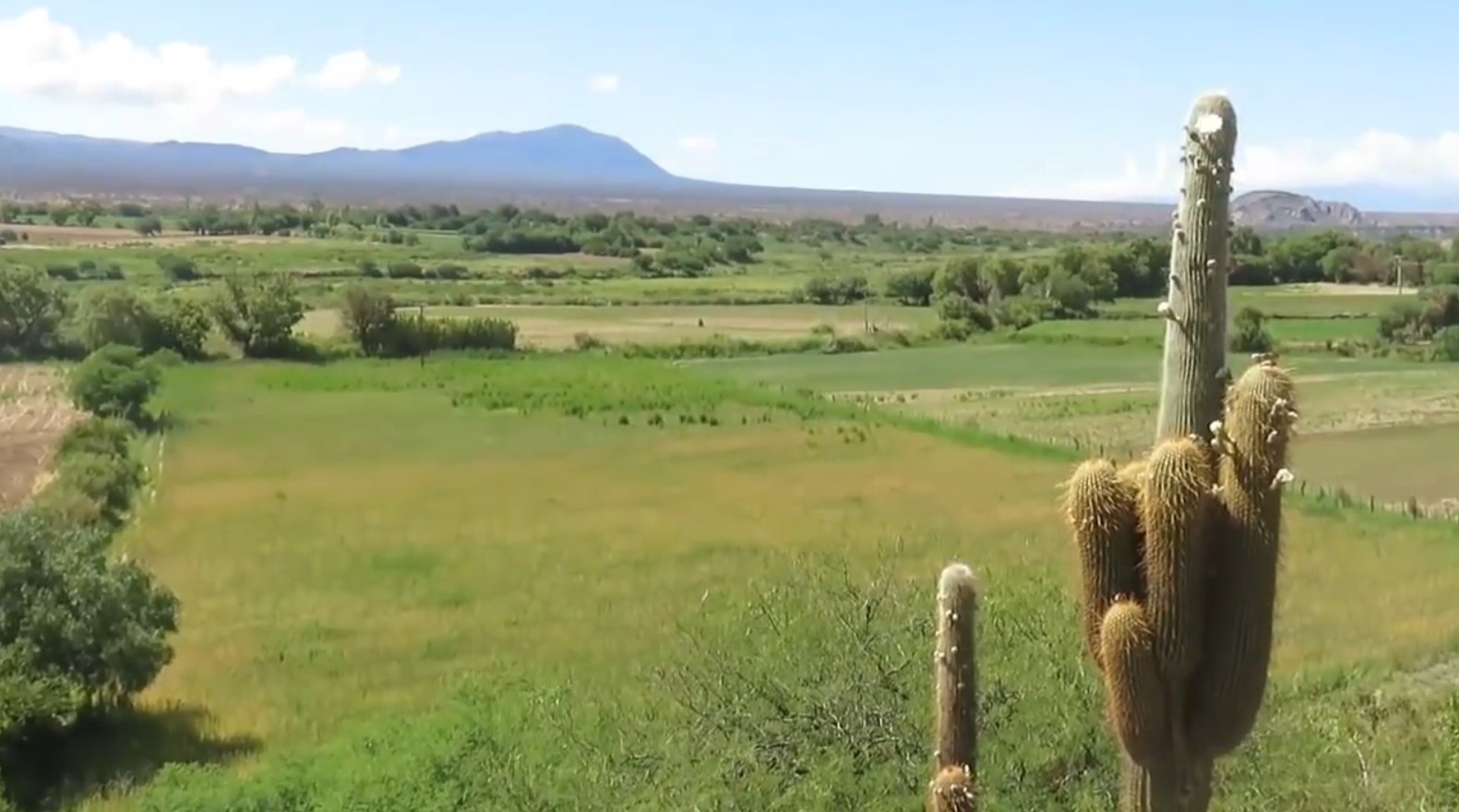
Continúo relatando mi recorrido por la Ruta 40. Hace cinco años hice esta travesía. Y hoy se las cuento.
La primera etapa, desde La Quiaca hasta San Antonio de los Cobres fue un viaje de experimentación.
Me estaba adentrando en un universo totalmente desconocido. Era la travesía más larga que intentaba hacer en mi vida, en moto.
I continue to relate my journey along Route 40. Five years ago I made this journey. And today I will tell you.
The first stage, from La Quiaca to San Antonio de los Cobres was an experimentation trip.
I was entering a totally unknown universe. It was the longest journey I was trying to make in my life, on a motorcycle.
| The great journey of Route 40 in Argentina from north to south: the first stage, from La Quiaca to San Antonio de los Cobres. | 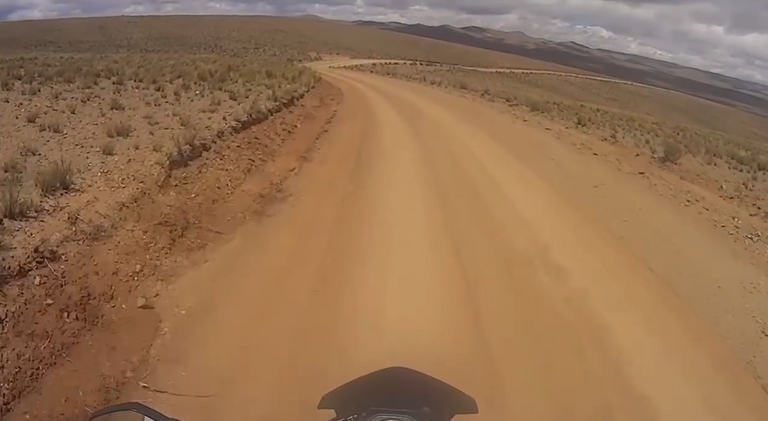 |
|---|
En la segunda etapa, entre caminos de cornisa estrechos y peligrosos llego hasta Abra del Acay, el paso carretero más alto del mundo fuera de Asia.
In the second stage, between narrow and dangerous ledges I reach Abra del Acay, the highest road pass in the world outside Asia.
| The great journey of Route 40 in Argentina from north to south: the second stage, reaching Abra del Acay. | 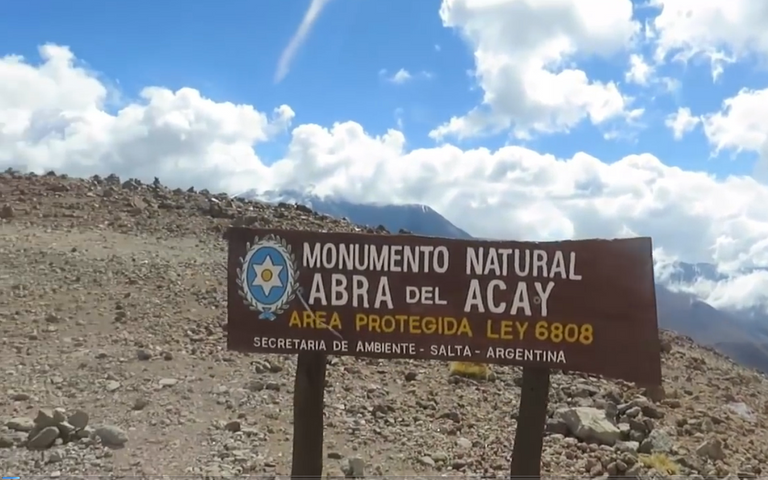 |
|---|
Y en la tercera etapa me dí el lujo de beber un café en medio de las nubes.
And in the third stage I had the luxury of drinking a coffee in the clouds.
| The great journey of Route 40 in Argentina from north to south: the third stage a coffee in the middle of the clouds. |  |
|---|
En la cuarta etapa parto desde Abra del Acay recorro el paso carretero más alto del mundo fuera de Asia, rimpo la moto, me encuentro con amigos, con un ingeniero alemán y finalmente llego a Cachi.
In the fourth stage I start from Abra del Acay, I walk the highest road pass in the world outside Asia, I ride the bike, I meet friends, a German engineer and finally I arrive in Cachi.
| El gran viaje de la ruta 40 en moto de norte a sur: la cuarta etapa, desde Abra del Acay hasta Cachi. | 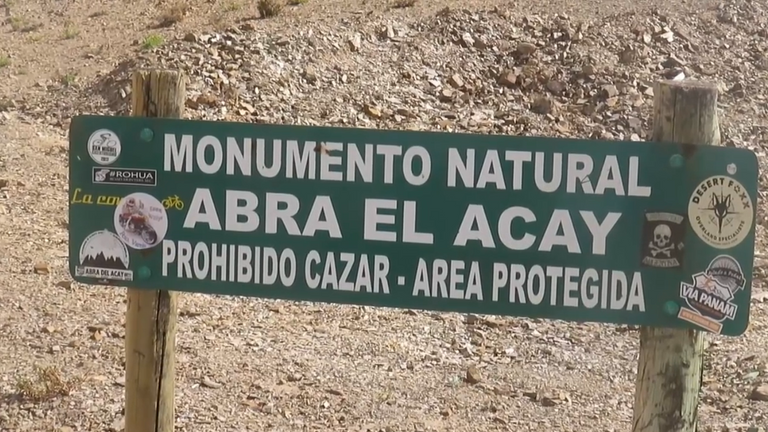 |
|---|
Después de ello sigo mi camino. Ya me estoy acercando a la mitad del recorrido.
After that I continue on my way. I'm already approaching halfway.
Parto desde Cachi con destino a Belen. / I leave from Cachi to Belen.
Dejé a a mis amigos en el camping y proseguí con mi moto desandando la ruta 40 para entrar finalmente en territorio argentino.
Atravieso paisajes que nadie diría que pertenecen a la Puna. Burros, bandadas de pájaros aquí y allà, águilas y todo tipo de rapaces, cactus de todos tipos y colores, algunos en flor, otros sin ellas.
De acuerdo al plan de ruta debería llegar a Belen anches del anochecer.
I left my friends at the campsite and continued with my motorcycle retracing route 40 to finally enter Argentine territory.
I cross landscapes that no one would say belong to the Puna. Donkeys, flocks of birds here and there, eagles and all kinds of birds of prey, cacti of all kinds and colors, some in bloom, others without them.
According to the route plan, it should arrive at Bethlehem even after dark.
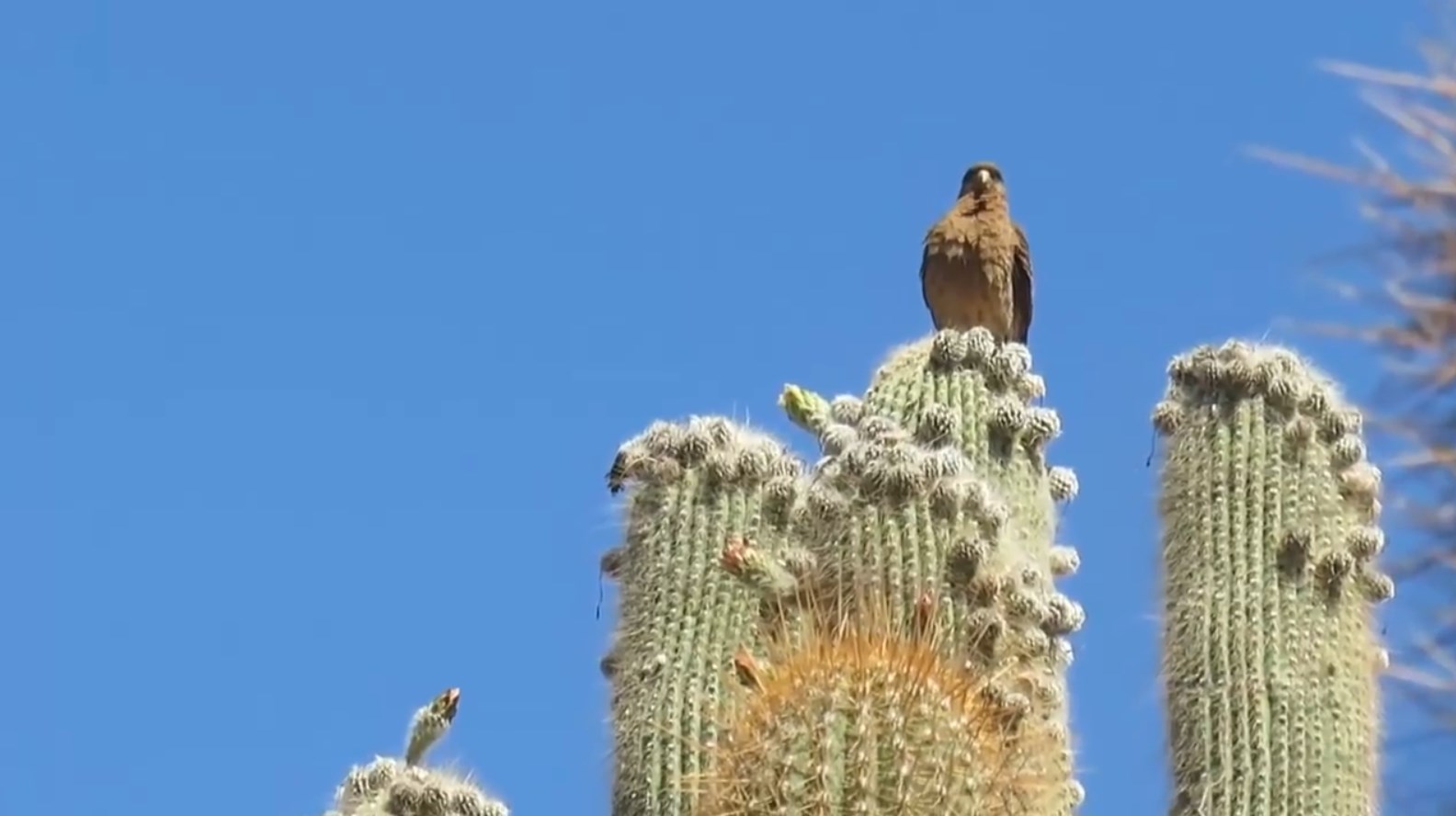
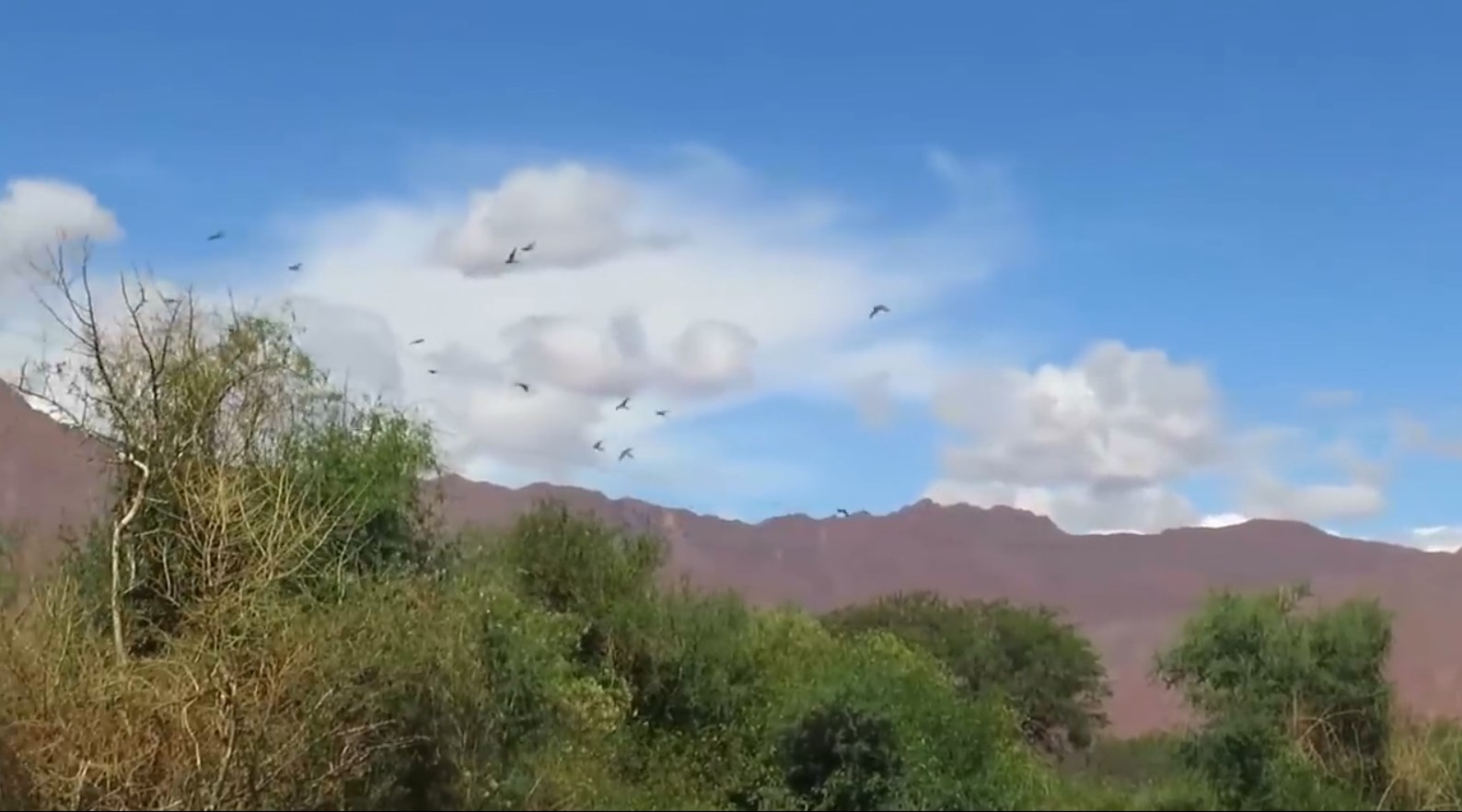
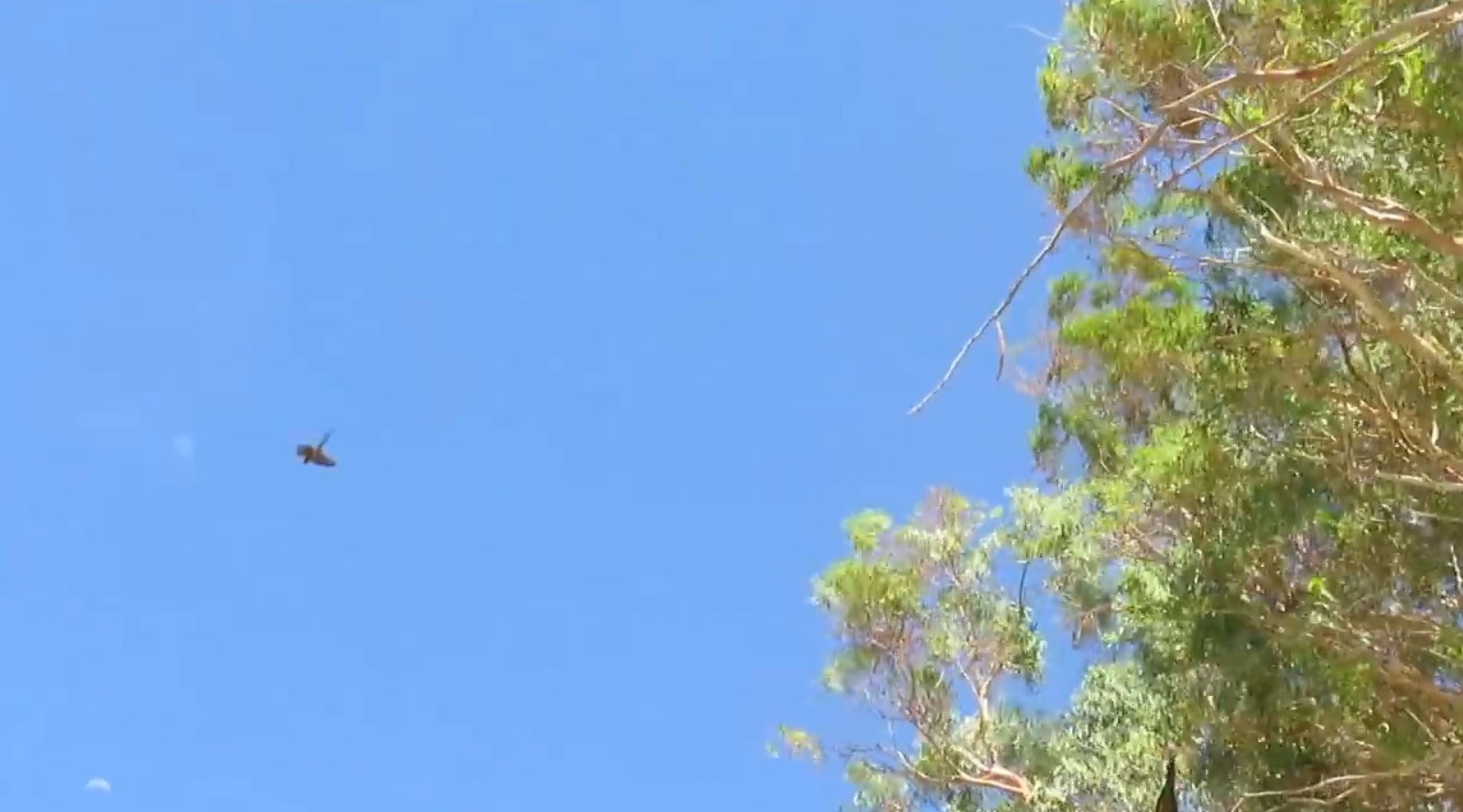
De Cachi en adelante hay ripio hasta llegar al rio. La rura corre paralela al río. Alamos y pájaros que hacen sus nidos en los huecos de los troncos.
Después el clima es desértico. Estamos cerca de la Quebrada de las Flechas
Hace unos días me sentía como un pastor en el altiplano andino. Hoy me siento como un vaquero en el Far West norteamericano.
Las montañas aparecen erosionadas y hasta arrugadas. El sol quema y el viento trae polvo. Algo extraño ocurre con la tierra. Como si un portal me hubiera llevcado a un futuro postapocalíptico.
Esto es Angastaco. Un lugar que hace muchos años era un lago.
Sigo camino y la tierra comienza a volverse roja. Señal que estoy llegando a Cafayate.
From Cachi onwards there is a gravel road until reaching the river. The road runs parallel to the river. Poplars and birds that make their nests in the hollows of the trunks.
Then the climate is desert. We are close to the ** Quebrada de las Flechas **
A few days ago I felt like a shepherd in the Andean highlands. Today I feel like a cowboy in the American Far West.
The mountains appear eroded and even wrinkled. The sun burns and the wind brings dust. Something strange happens with the earth. As if a portal had taken me to a post-apocalyptic future.
This is Angastaco. A place that many years ago was a lake.
I keep going and the earth begins to turn red. Sign that I am coming to Cafayate.
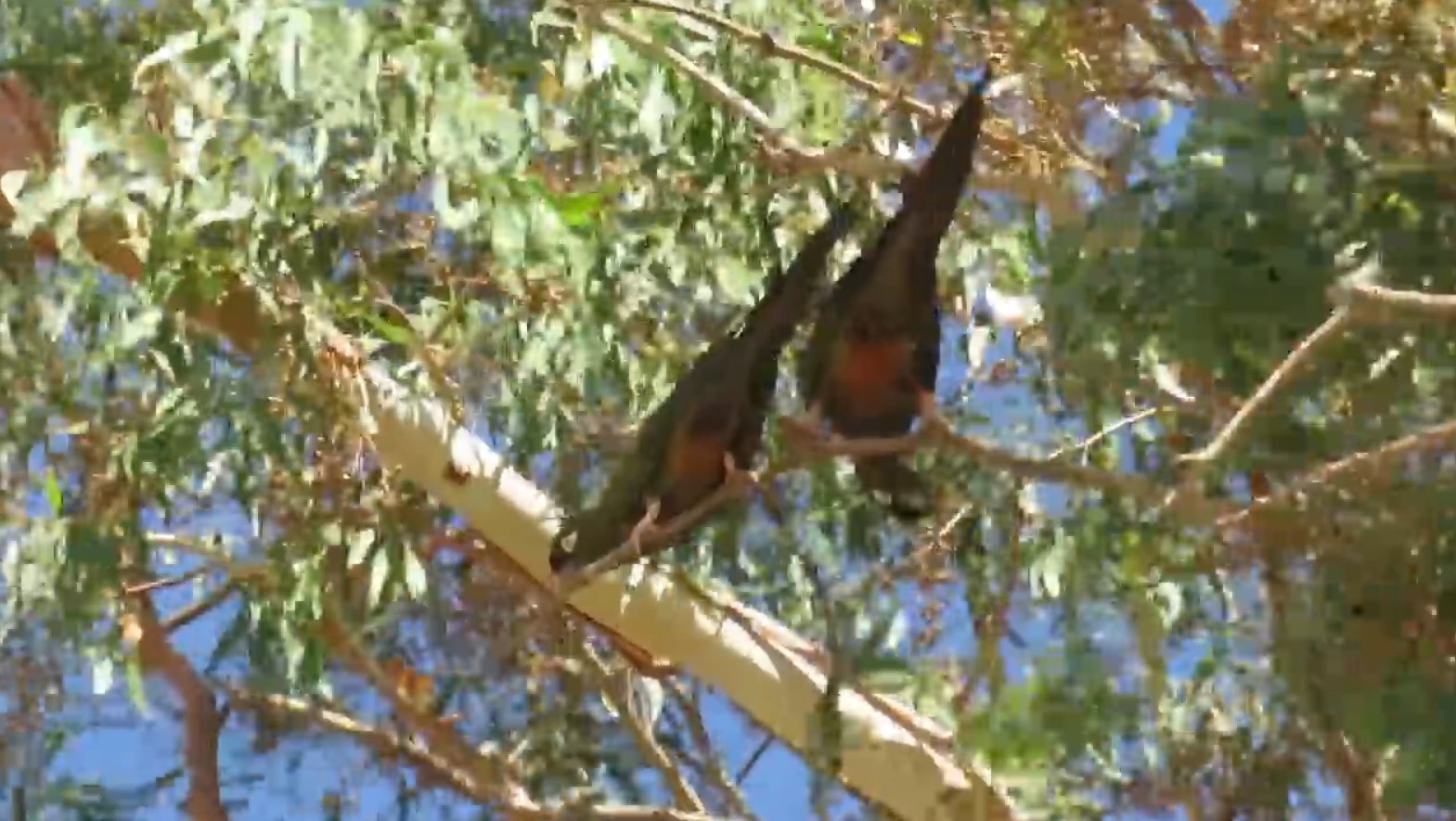
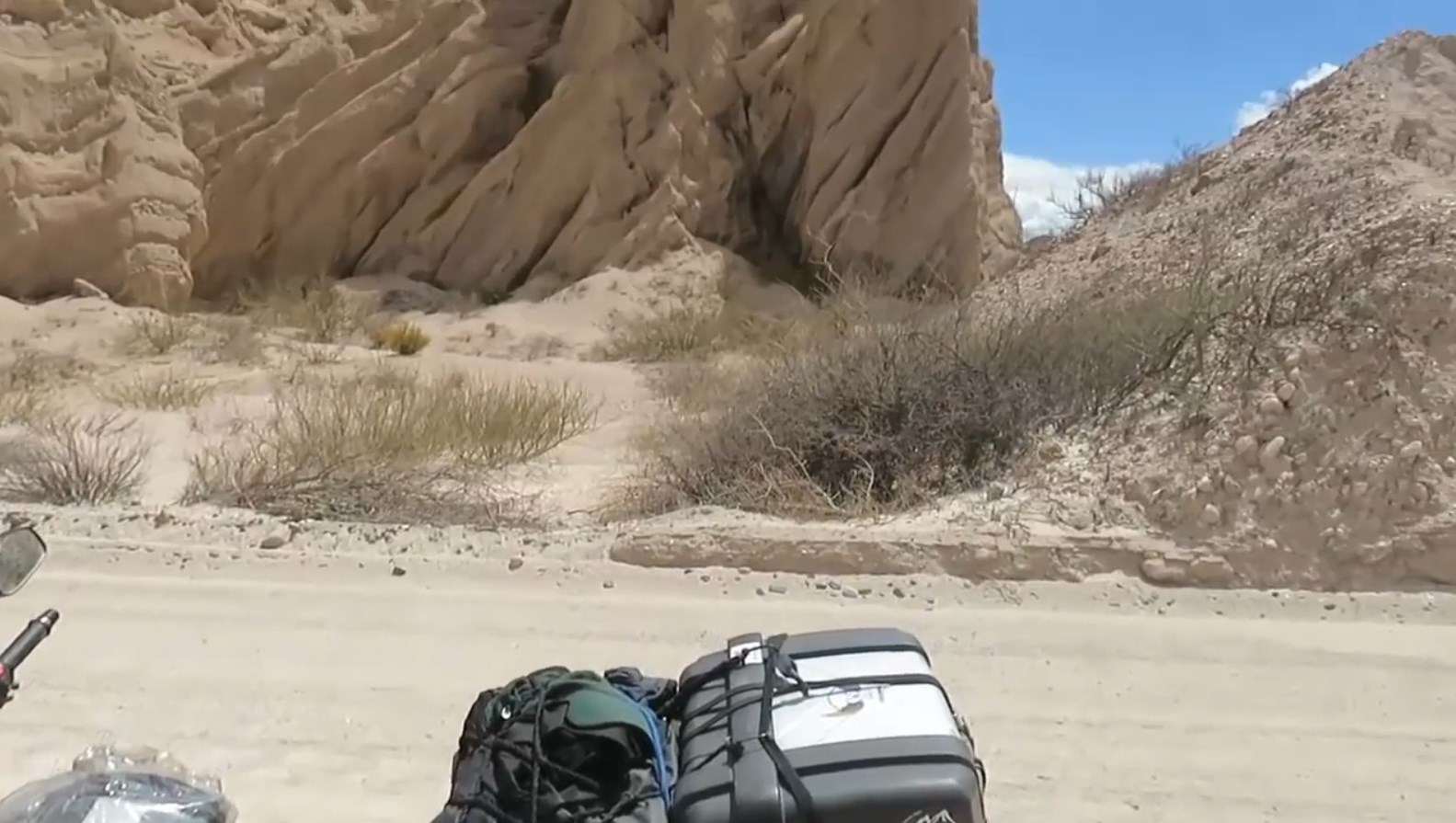
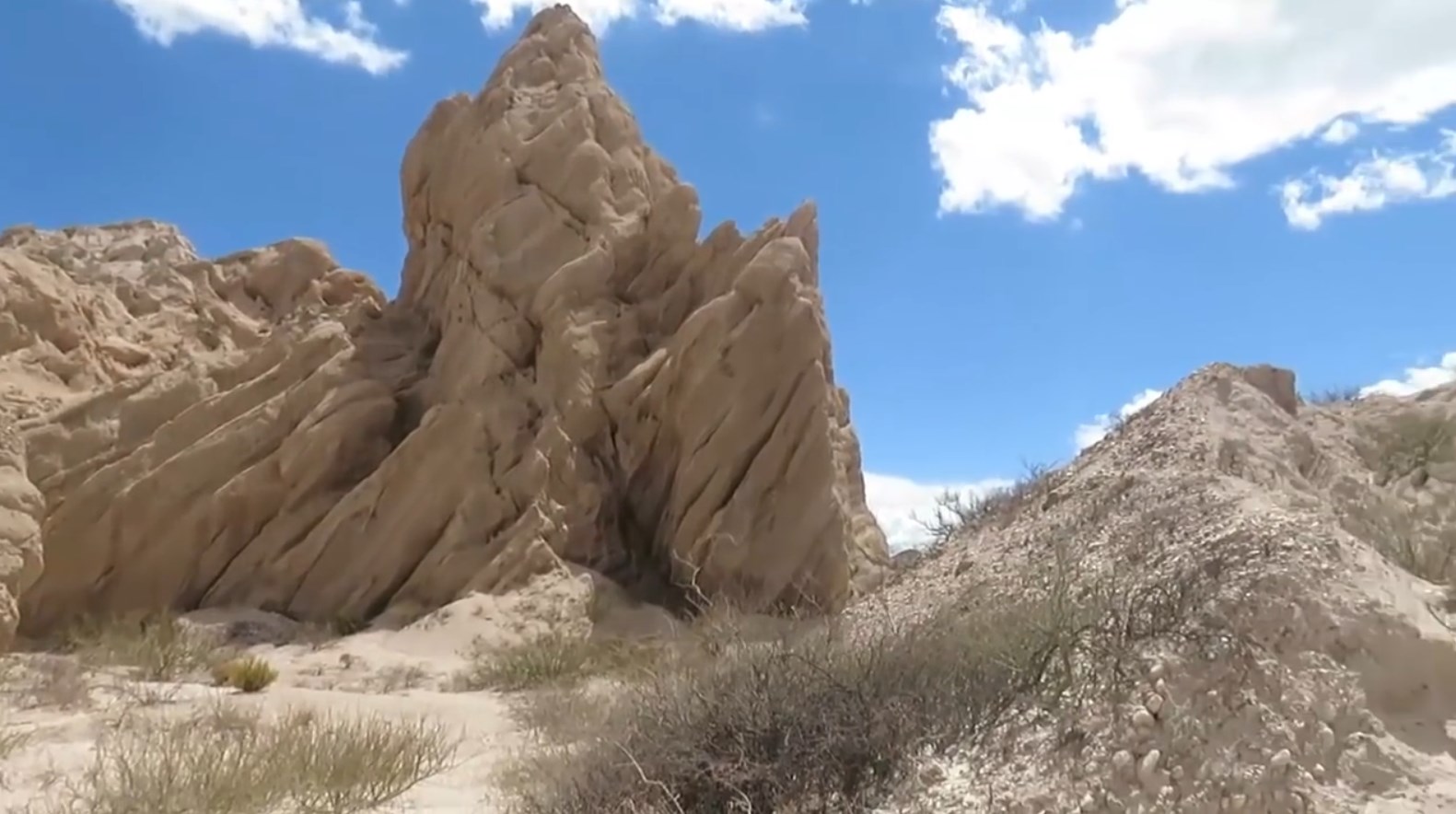
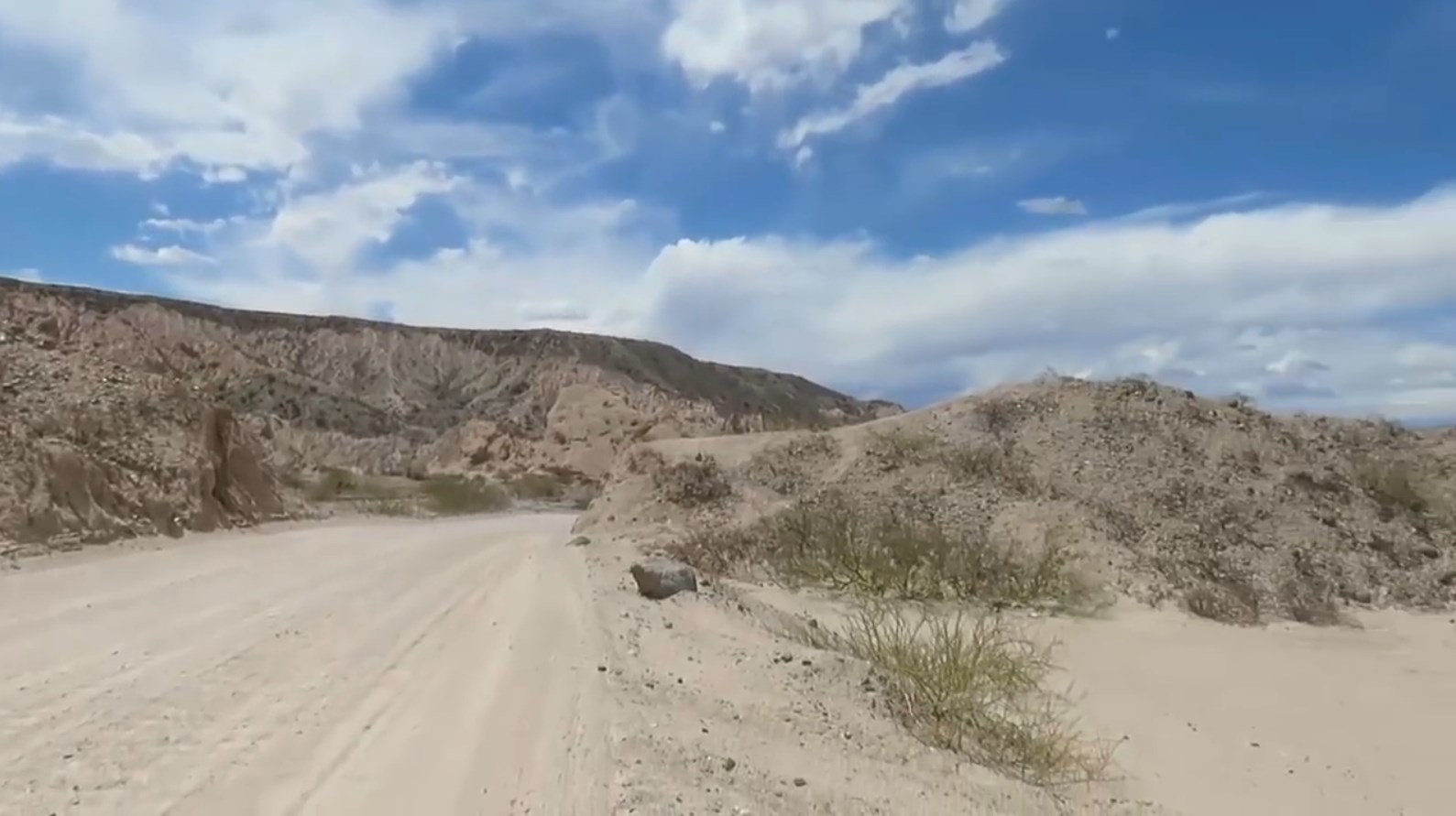
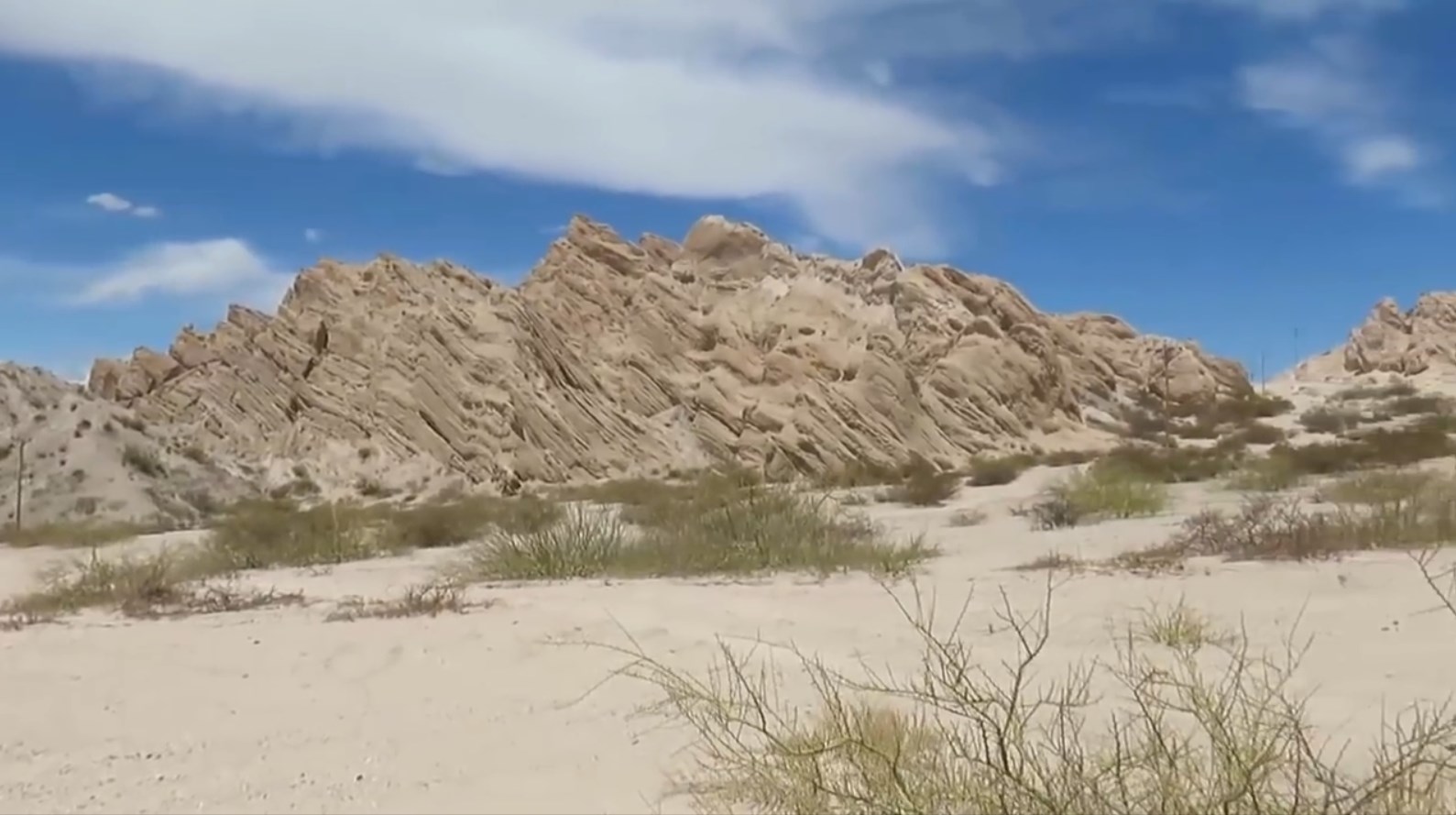
Llego a Cafayate y encuentro una verdadera ciudad. Sigo de largo y voy a descansar en un camping.
Durante todo el camino me han ido acompañando el Gauchito Gil, un personaje que ha pasado a ser parte de los mitos populares argentinos.
Según algunos héroe por negarse a combatir la guerra contra el Paraguay. Según otros un donjuán que terminó desatando la ira de un marido traicionado.
Dicen que cuando se estaba muriendo dijo a su asesino que bañara los dedos con su sangre y le hiciera la señal de la cruz a su hijo que se estaba muriendo el rancho. La creencia popular dice que elhijo sanó y el Gauchito Gil pasó a convertirse en un santo de la devoción popular.
I get to ** Cafayate ** and find a real city. I'm still long and I'm going to rest in a camping.
All along the way I have been accompanied by Gauchito Gil, a character who has become part of the Argentine popular myths.
According to some heroes for refusing to fight the war against Paraguay. According to others, a donjuán who ended up unleashing the anger of a betrayed husband.
They say that when he was dying he told his murderer to bathe his fingers in his blood and make the sign of the cross to his son that the ranch was dying. Popular belief says that the son was healed and Gauchito Gil went on to become a saint of popular devotion.
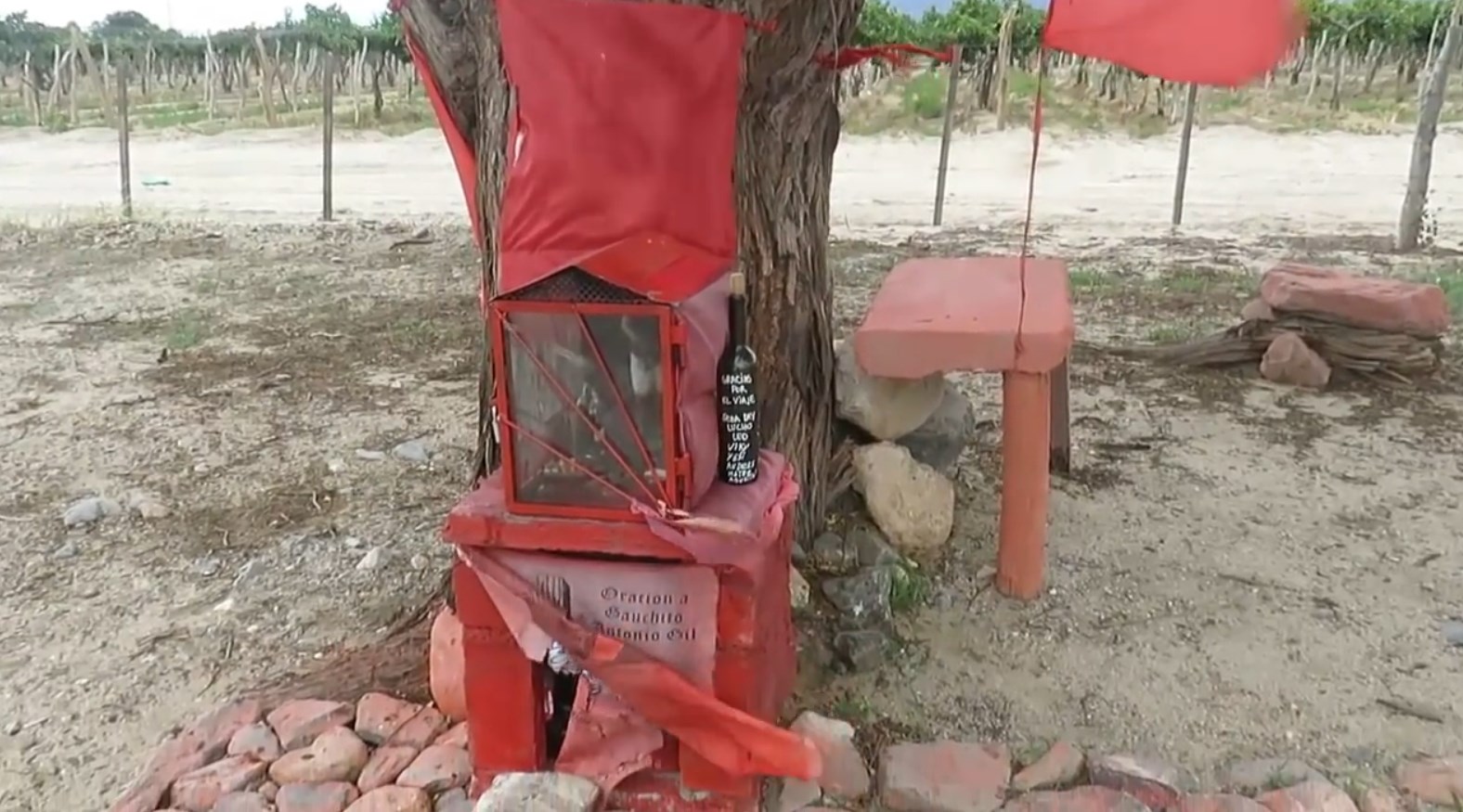
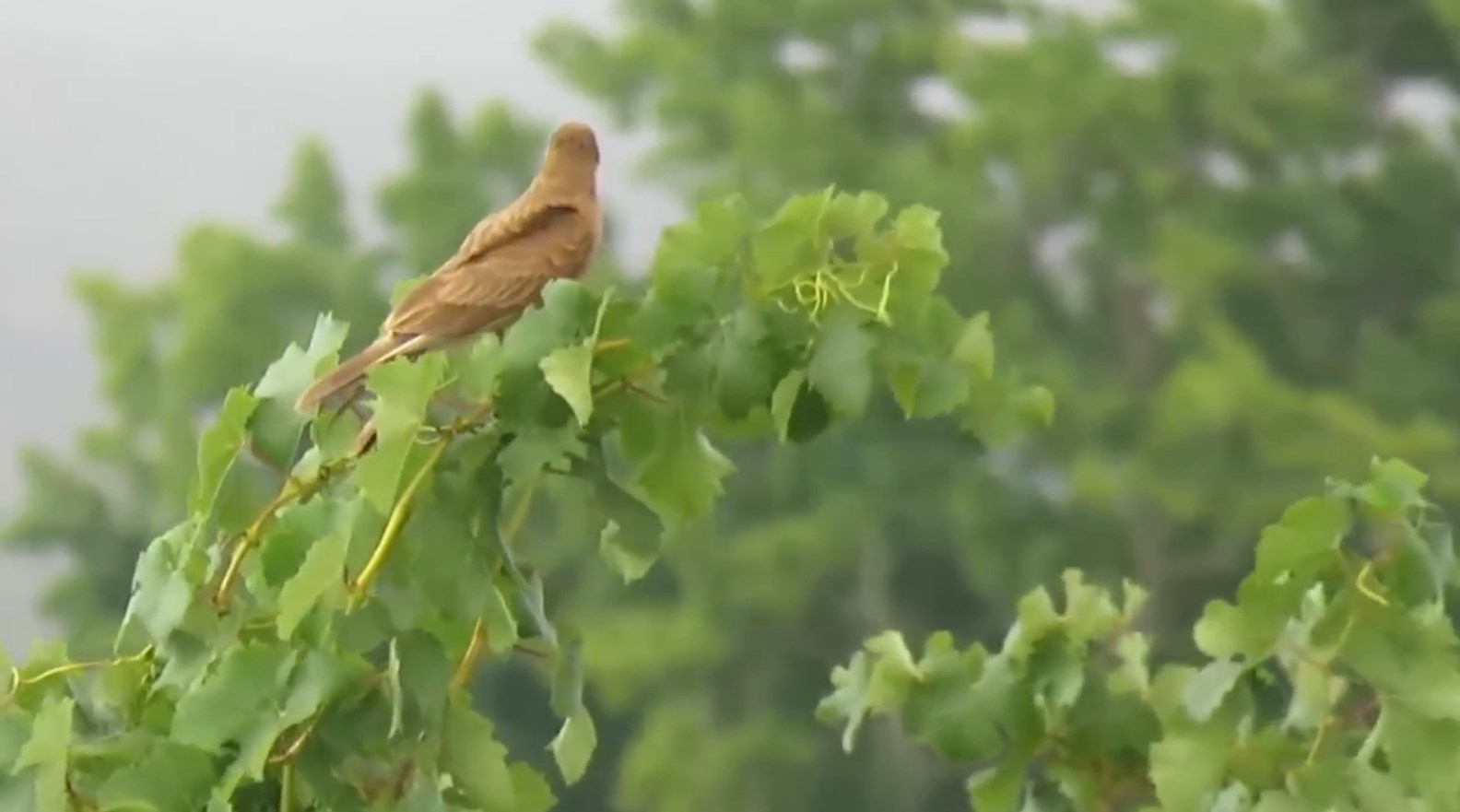
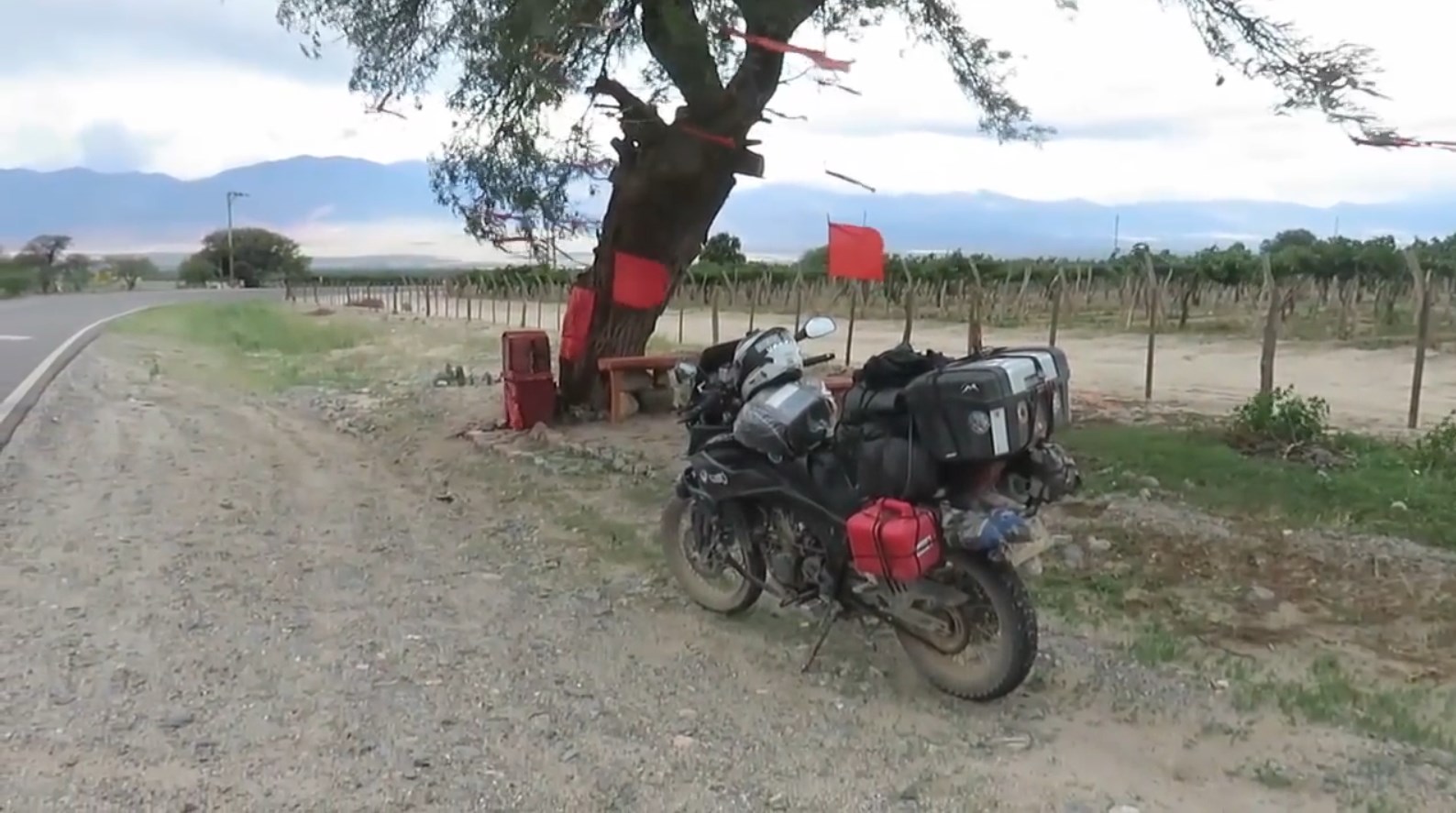
Las ruinas de Quilmes. / The ruins of Quilmes.
Me detengo en las ruinas de Quilmes y pienso. Casi 3.000 indios fueron llevados a pie desde este lugar hasta Buenos Aires, casi 4.000 kms) caminando con el frio y las enfermedades a cuestas por su negativa a obedecer al invasor español.
Desarraigados de su tierra natal apenas llegaron vivos 260 hasta lo que es en la actualidad el barrio de Quilmes en el periferia de la capital argentina.
De ahí proviene su nombre y no por la multinacional cervecera que tiene su planta de embotellamiento en ese lugar como muchos piensan.
I stop at the Quilmes ruins and think. Almost 3,000 Indians were taken on foot from this place to Buenos Aires, almost 4,000 kms) walking with the cold and the diseases in tow due to their refusal to obey the Spanish invader.
Uprooted from their native land, only 260 came alive to what is now the Quilmes neighborhood on the outskirts of the Argentine capital.
This is where its name comes from and not because of the multinational brewery that has its bottling plant there, as many think.
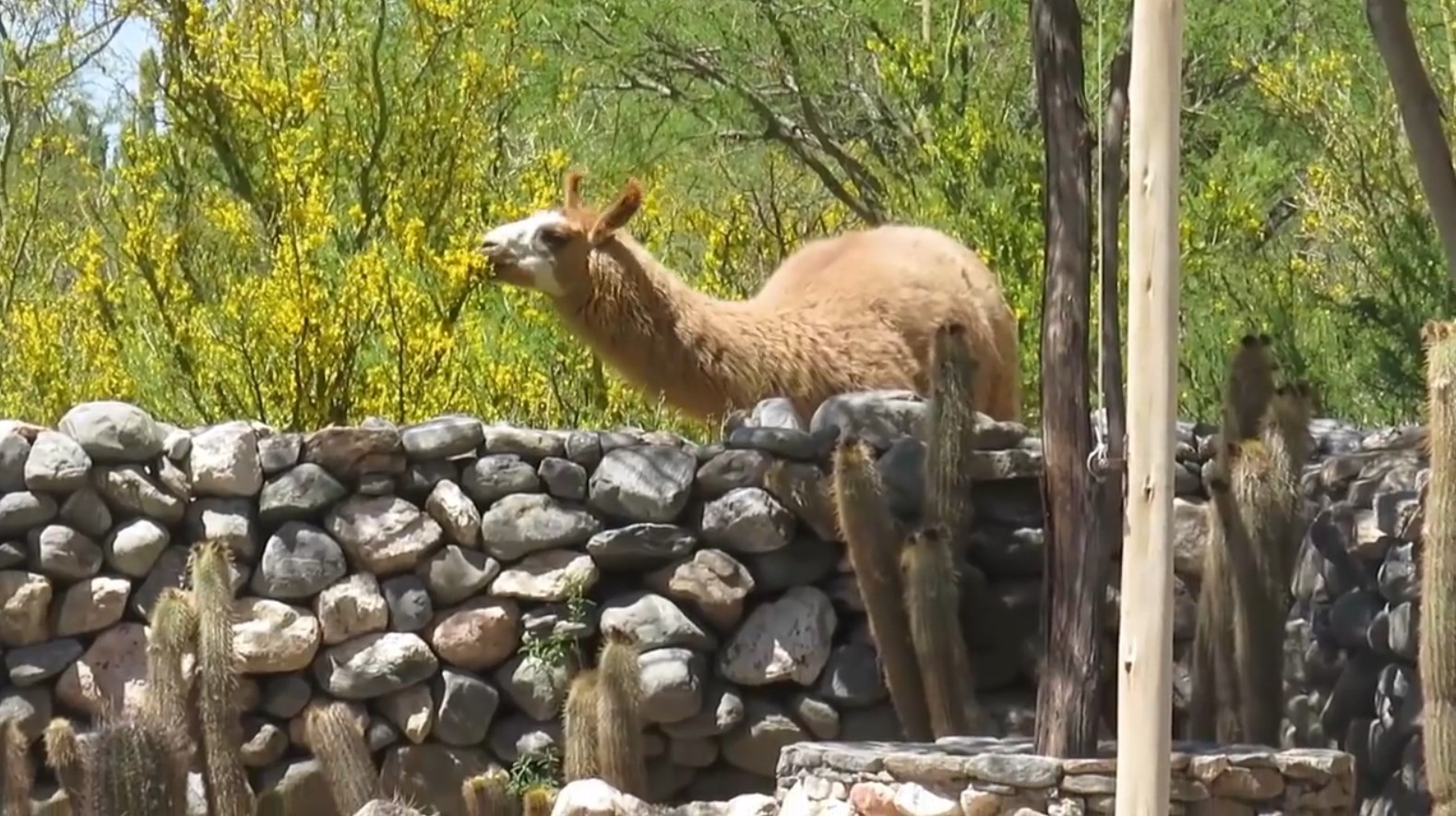
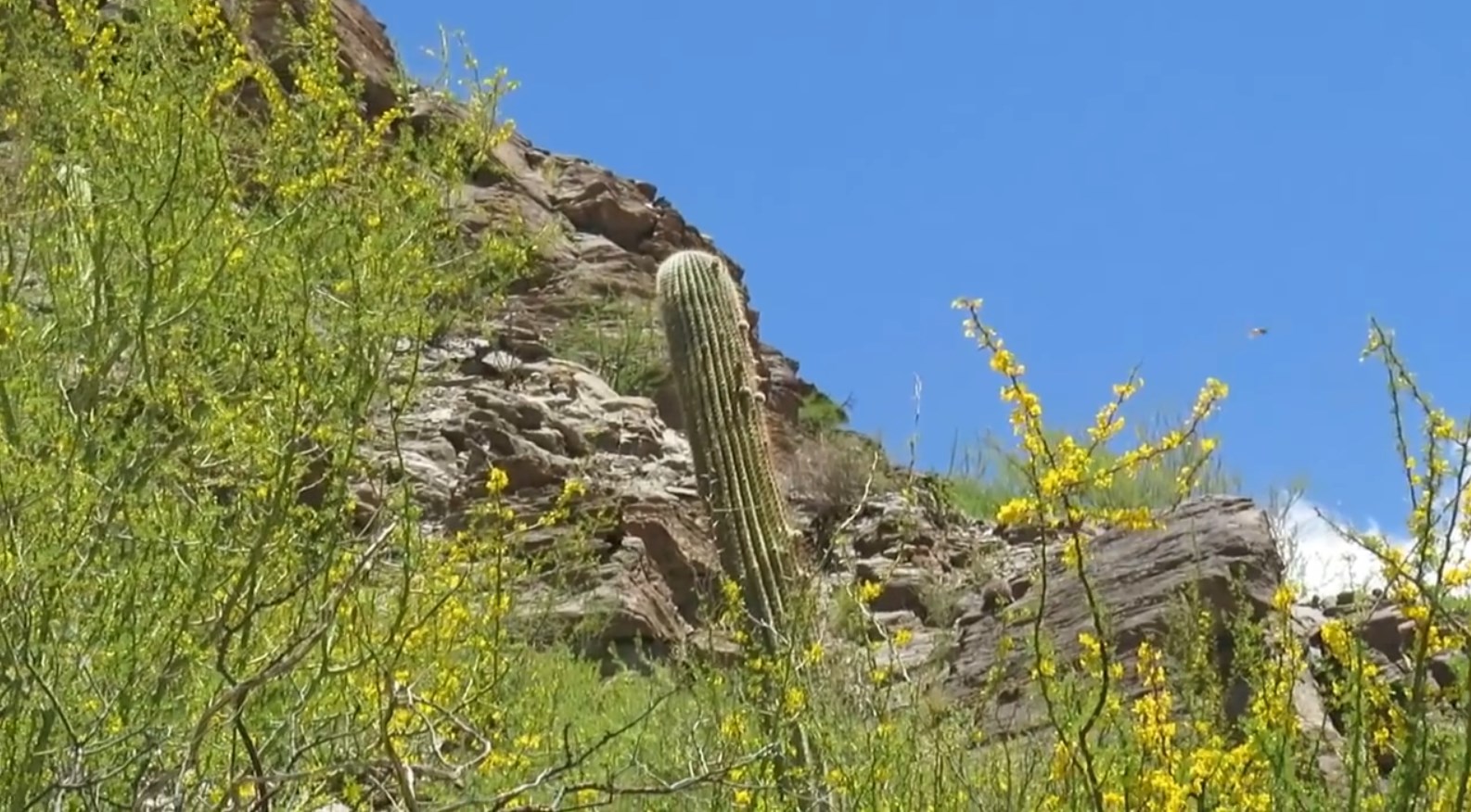
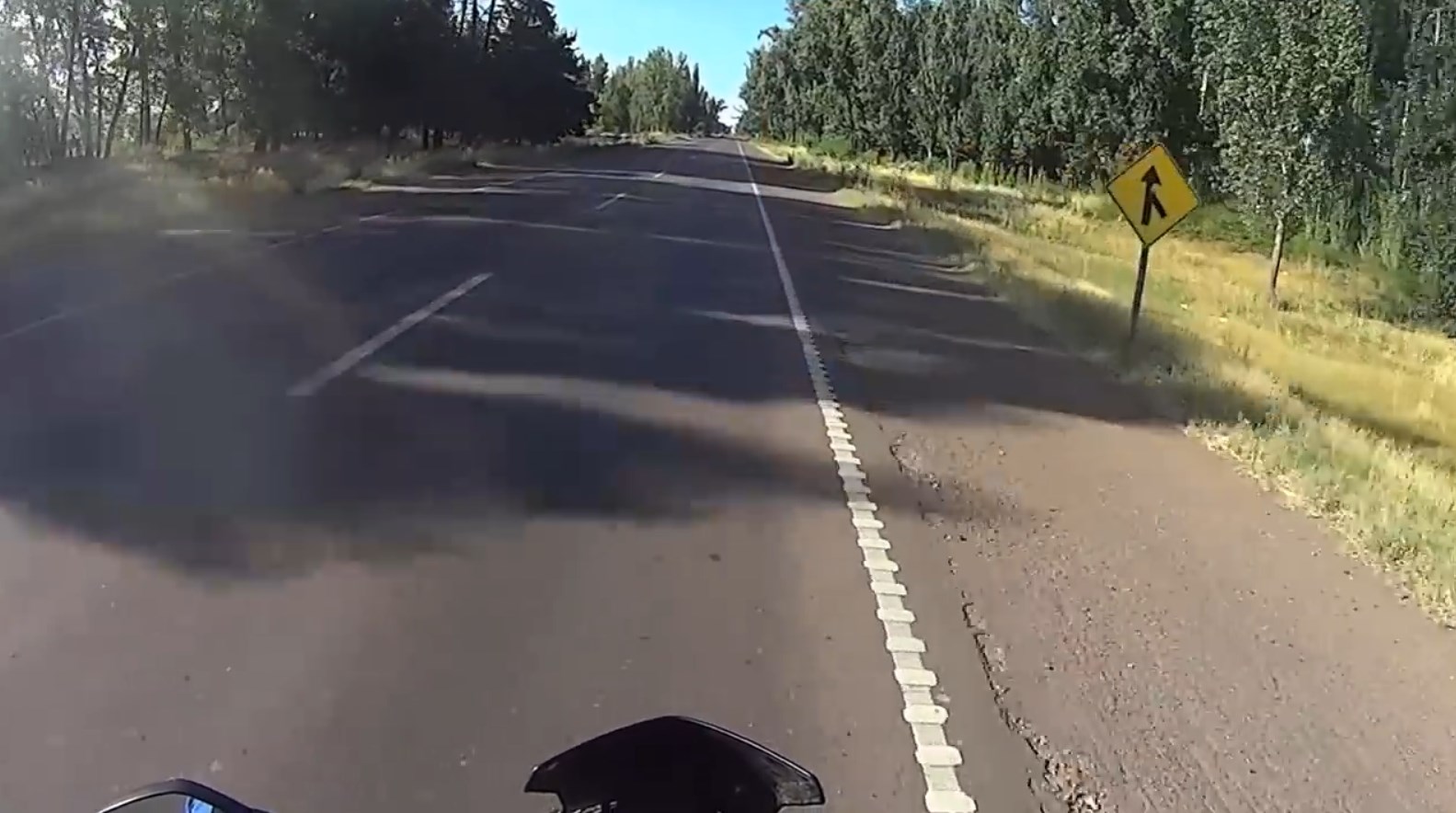
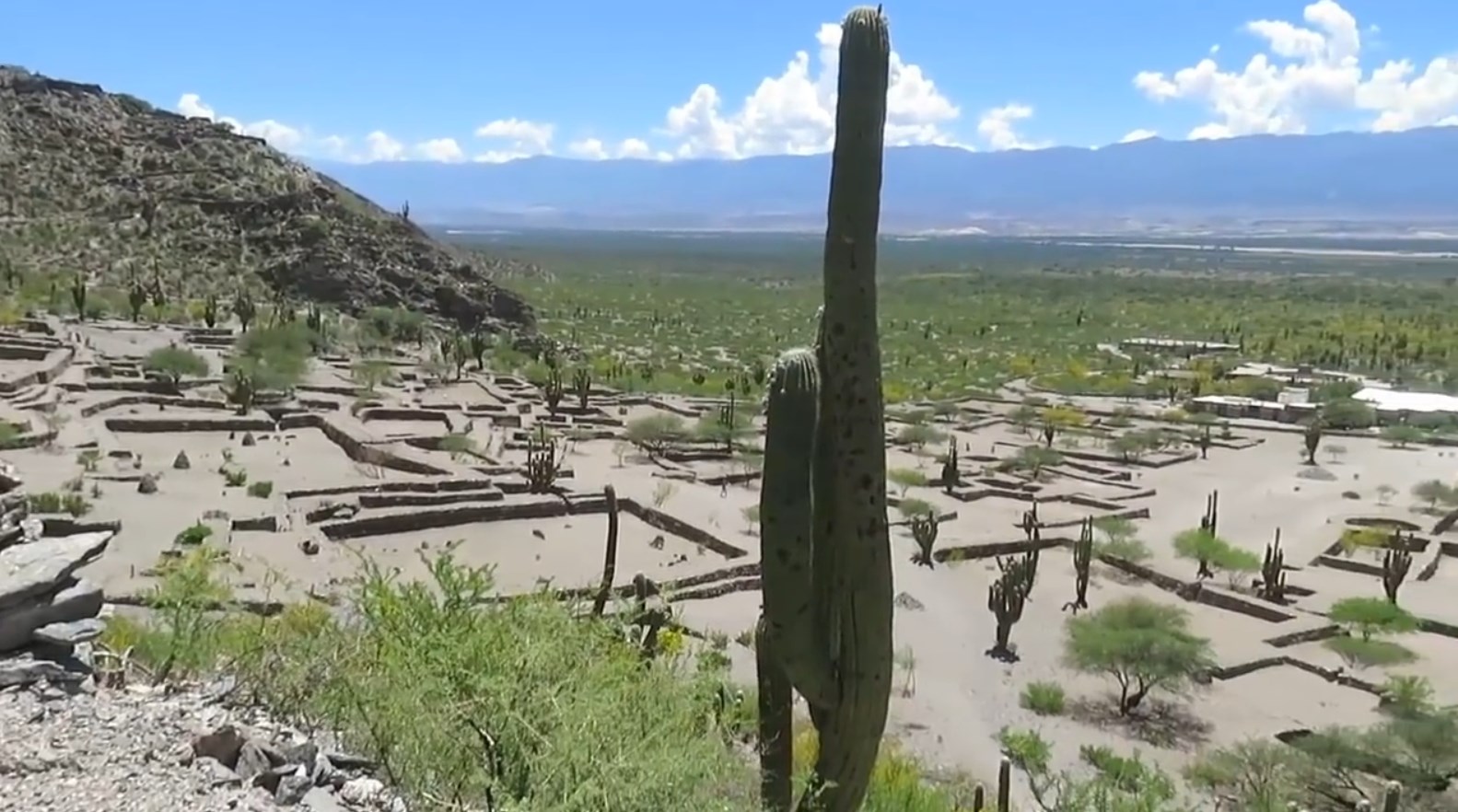
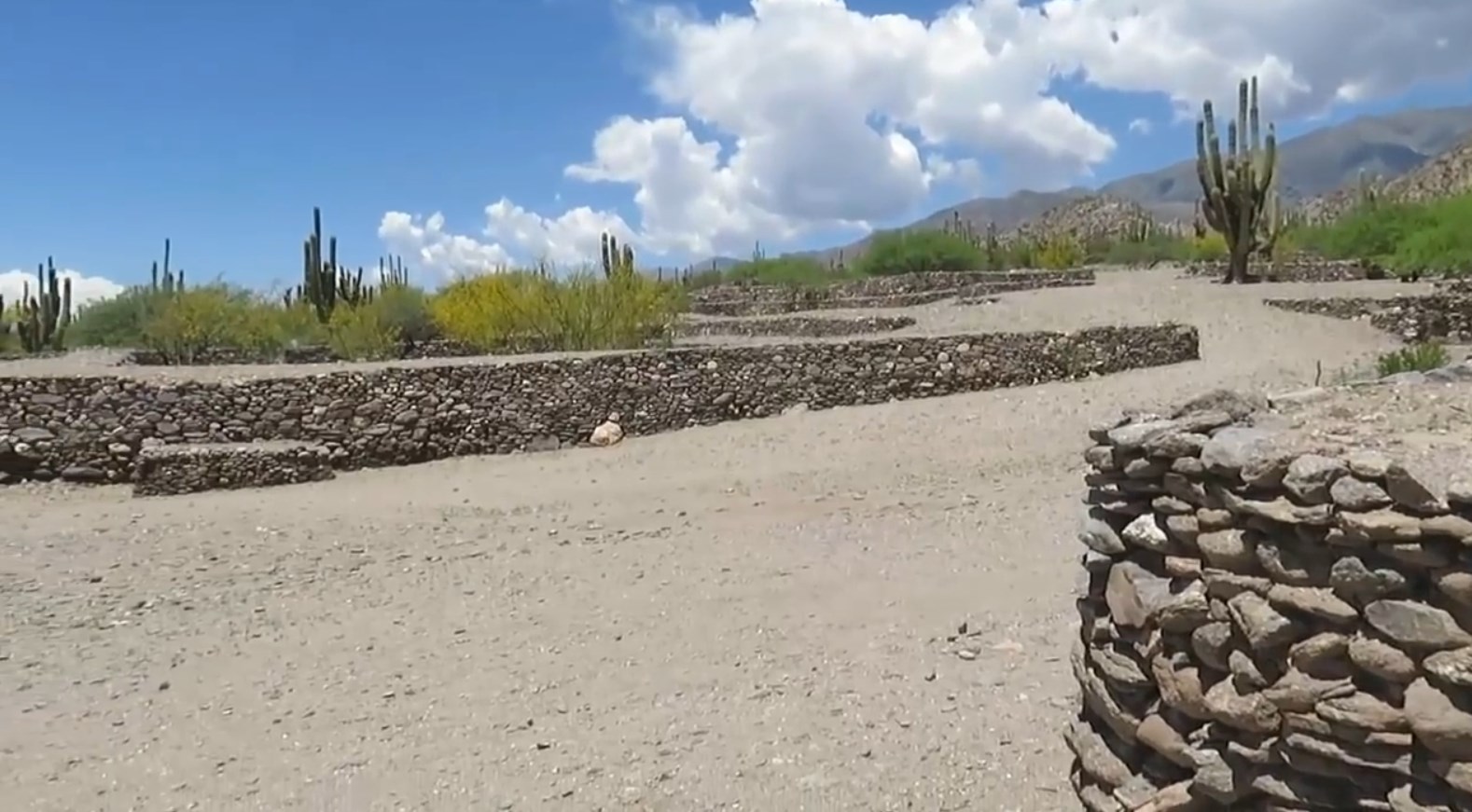
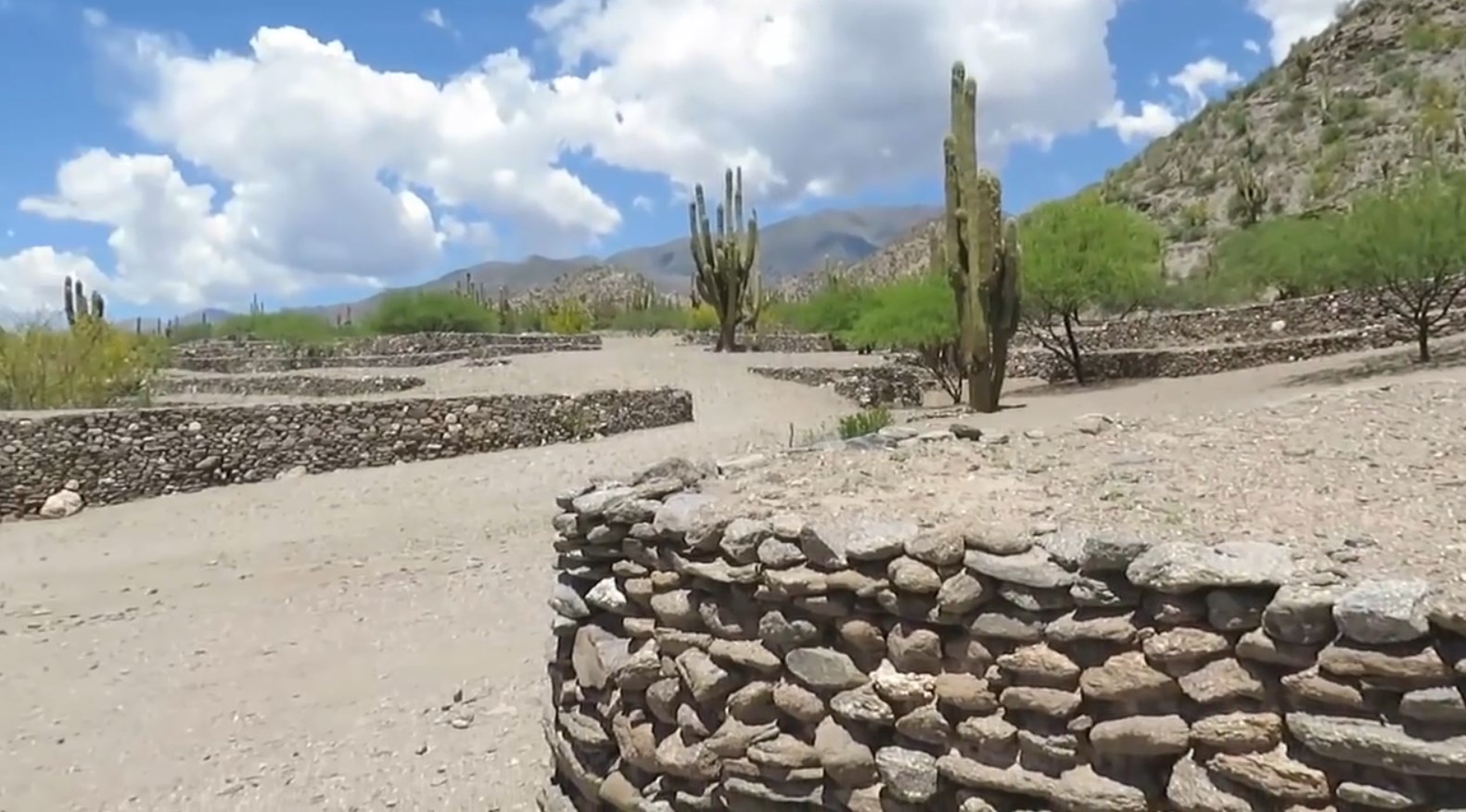
Con la nostalgia a cuestas monto en la moto y continúo mi recorrido. Al anochecer llego a Belen. Gente del lugar me invita a pernoctar en su casa, pero obedeciendo a mi instinto de3 no abusar nunca de la cortesia ajena a no ser en circunstancias extremas, rehuso.
Me arrepiento amargamente. En el camping pasé una de las peores noches de descanso que recuerdo.
With nostalgia in tow I ride the bike and continue my tour. At dusk I arrive at Belen. Local people invite me to spend the night in their house, but obeying my instinct to never abuse the courtesy of others unless in extreme circumstances, I refuse.
I regret bitterly. At the campsite I spent one of the worst nights of rest I can remember.
Articulo publicado en mi cuenta de HIVE : https://hive.blog/hive-148441/@patagonian-nomad/esp-eng-el-gran-viaje-de-la-ruta-40-en-moto-de-norte-a-sur-la-quinta-etapa-desde-cachi-hasta-belen-the-great-journey-of-route-40
Comentarios
Publicar un comentario
No insertes enlaces clicables, de lo contrario se eliminará el comentario. Si quieres ser advertido via email de los nuevos comentarios marca la casilla "Avisarme". Si te ayudé con la publicación o con las respuestas a los comentarios, compartilo en Facebook,Twitter o Instagram. Gracias.